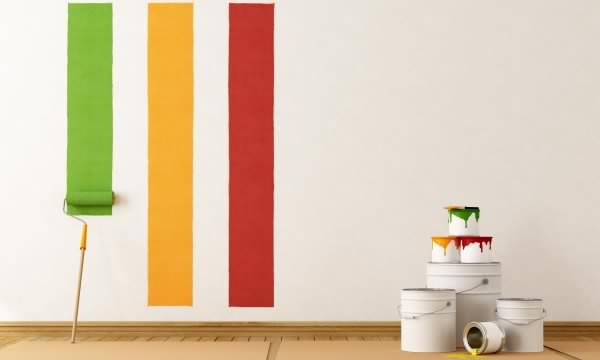The art of the frieze
A frieze gives the room an elegant note. It also makes it possible to mark a separation between two parts of a wall or to camouflage the junction between two tapestry motifs.
- In general, friezes can be glued to a tapestry, except for embossed wallpapers, on which the glue will not adhere in a sufficiently regular manner.
- The friezes are easier to lay along a horizontal line drawn on the wall.
- Cut the necessary length (with an additional ten centimeters as a precaution) and stick to the instructions on the packaging.
- Position the frieze, then press it with a roller to be upholstered. Start with a corner of the room.
- In the corners, press the frieze with the edge of a ruler. Tear what passes along the ruler, then cut cleanly with a knife or scissors.
- If the glue protrudes from the bottom edge, wipe it off immediately (it should not dry!).
- Never try to stick a frieze on a freshly laid wallpaper. The wall must be completely dry.
- It is preferable that the color of the wall be darker below the frieze than above.

